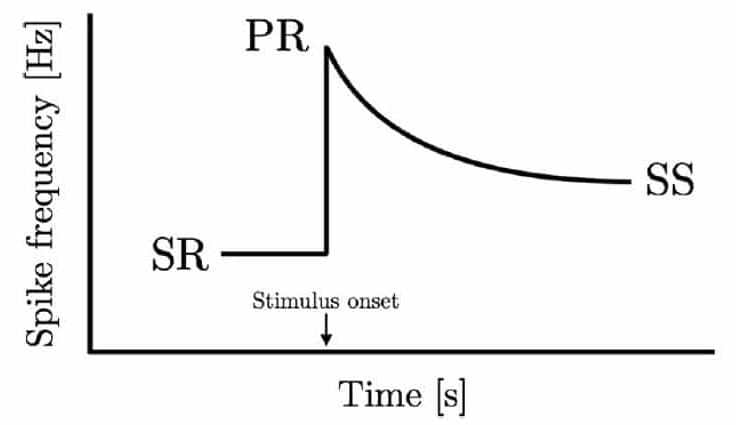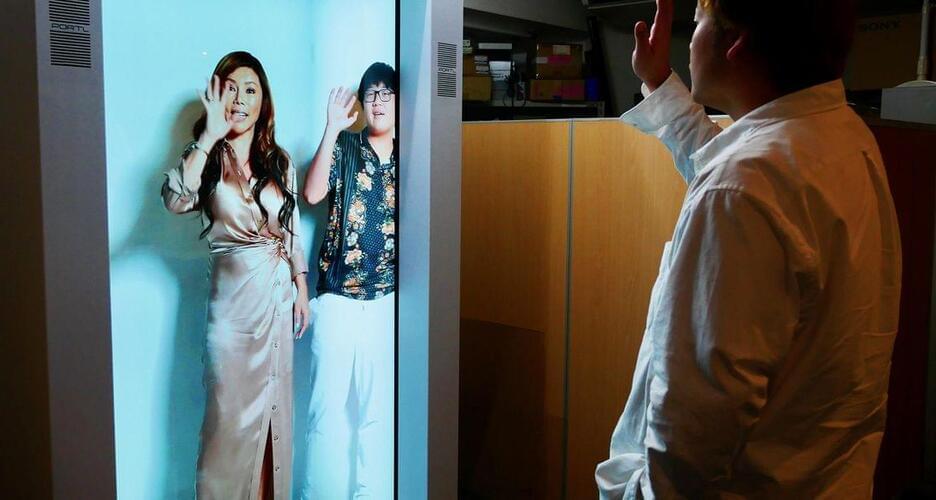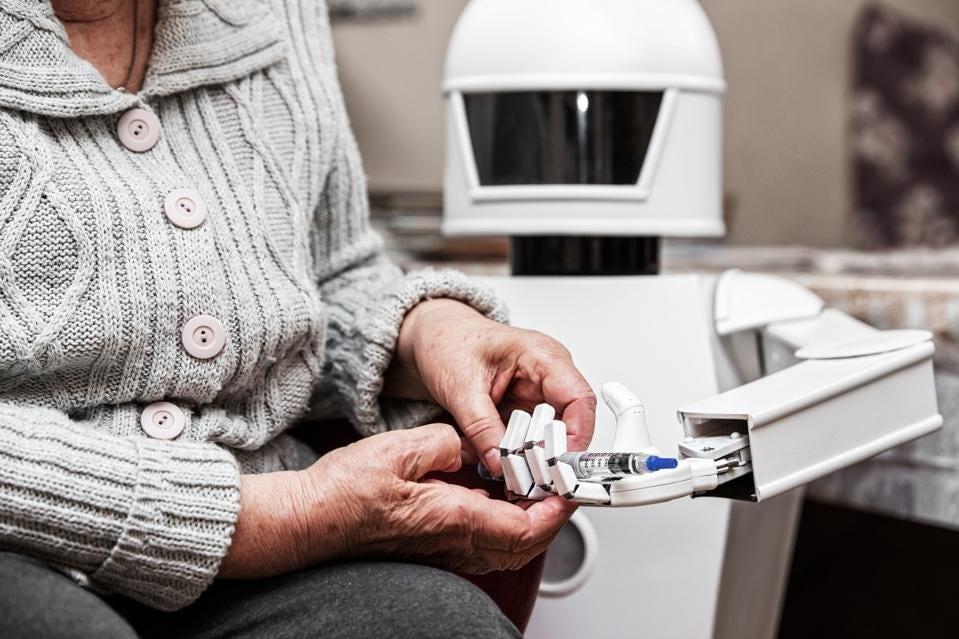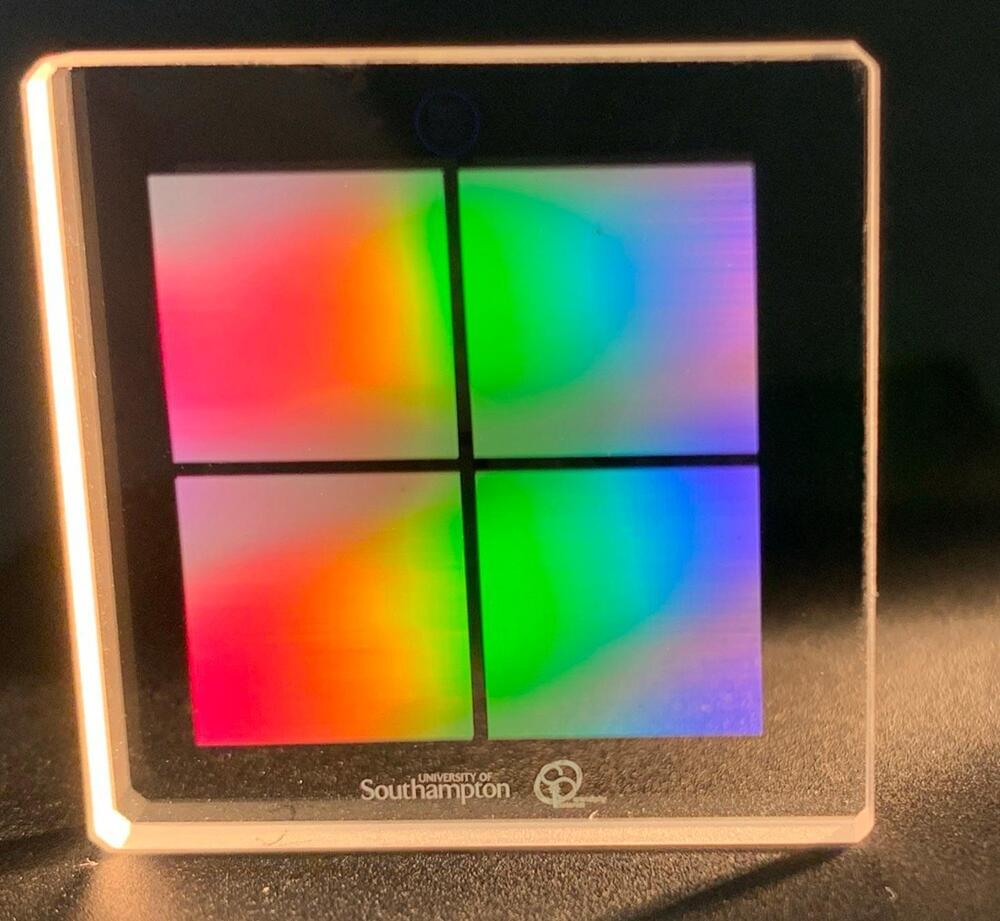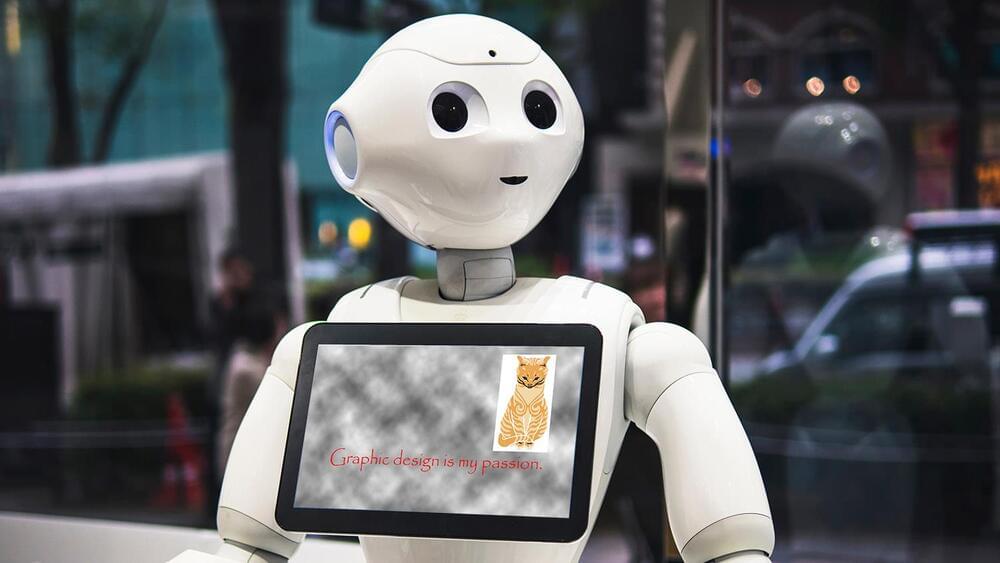China’s economy — the 2nd-largest in the world — is teetering on the brink of disaster.
Since this spring, Beijing has canceled initial public offerings, fined tech companies billions for antitrust violations, forcibly shut down China’s entire for-profit education industry, and sent CEOs running for the exits to avoid the government’s ire. Even more dire, the Chinese megadeveloper Evergrande recently started missing payments on its more than $300 billion in debt, shaking global markets. The convulsions have woken the world up to a startling new possibility — that Beijing may be willing to allow some of its private corporate behemoths to collapse in a bid to reshape the economic model that made China a superpower.
The upheaval, spanning multiple industries and vast swaths of the country, is the result of one giant issue: China’s inability to borrow or buy its way out of its current economic crisis. For decades, the country relied on cheap labor and eye-popping amounts of debt, handed out by government-owned banks, to fuel economic growth — pouring money into massive apartment developments, factories, bridges, and other projects at lightning speed. Now the country needs people to actually use, and pay for, everything that’s been built. But the bulk of China’s population lacks the income needed to shift the economy from one driven by state investments to one sustained by consumer spending.


